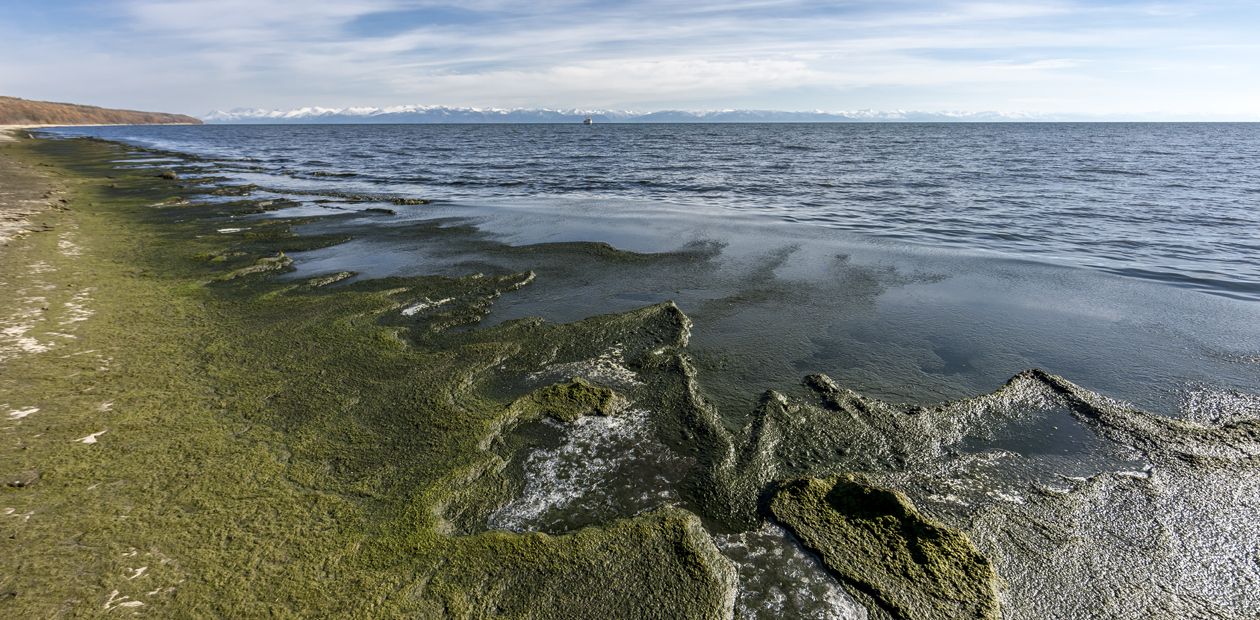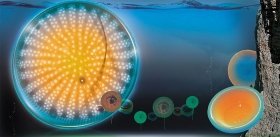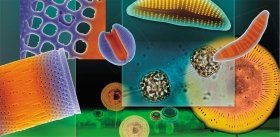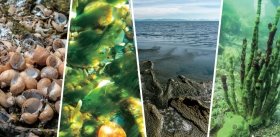Spirogyra in Lake Baikal: Environmental Emergency. First-Hand Information
Lake Baikal, a UNESCO World Heritage Site, is the deepest and one of the oldest lakes in the world. The Russian Federation spends tens of millions of rubles a year to maintain the limnetic environment, so until recently Baikal was one of the cleanest lakes in the world. Nevertheless, now the lake is facing a real threat. It looks as huge piles of water grass rotting on the shore, the cemeteries of molluscs, and total death of sponges keeping the pristine purity of Baikal water
Warning signs of the environmental problem began to come as early as in 2010. Three years later, an expedition of the Limnological Institute SB RAS (Irkutsk) discovered the proliferation of atypical filamentous macroalgae of genus Spirogyra on the northern coast of the lake basin, near Severobaykalsk. The waves threw out dirty dead algae on the shores, which formed long foul-smelling heaps stretching for hundreds of meters.
In September 2014, an expedition of Irkutsk scientists found water blooming all along the perimeter of Baikal. In some places, the clusters of decaying algae reach one quintal per square meter density. The largest clusters are accompanied by "cemeteries" of thousands of wrecked gastropod shells. The unique Baikal sponges, water-filtering animals, fall ill and die. This happened before, but now the epidemic has spread to all three basins of the lake. It turned out that the sponges are suppressed by the cyanobacteria of genus Formidium, which presumably infect attenuated organisms.
Scientists have found that the intensive growth of algae in the lake is mainly due to permanent effluent of inadequately treated sewage and domestic wastewater, rich in nutrient compounds of nitrogen and phosphorus. One of their sources is numerous ships and boats cruising across the Baikal. Another reason is that wastewater treatment plants in many settlements on the coast were built several decades ago, and wastewater from tourist facilities is not treated at all.
Are these negative phenomena reversible? Scientists are still not ready to make reliable predictions. However, if the average rate of growth of the sponges is about 1 cm per year, the restoration of their populations could take many decades.
There is a more striking thing. The recently released report of the Russian Federal Agency for Nature, with the title On the state of Lake Baikal and the measures for its protection, contains an unambiguous statement: "In 2013 Lake Baikal has not undergone any significant changes …"
The full text of the article by Dr.Sci.(Bio.) Oleg Timoshkin (LIN SB RAS, Irkutsk) about the environmental situation on Lake Baikal, with unique illustrations, has been published in SCIENCE First Hand, vol. 41(2), 2015.
Prepared by Larisa Ovcinnikova













